The monsters inside: Gaming's worst parasites and afflictions
Do we look sick to you?
Getting under our skin
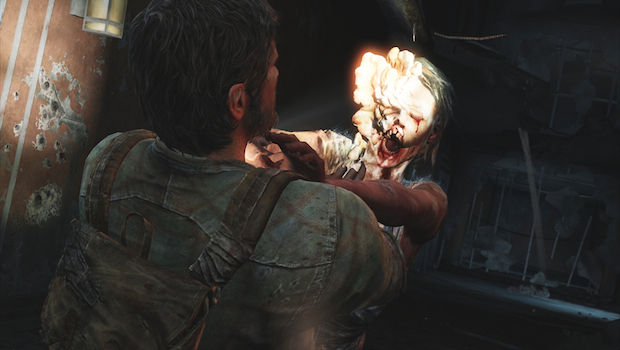
Now, in preparation for the fungal outbreak in The Last of Us, we've collected our picks for the most deadly (and downright nasty) parasites, diseases, viruses, and other human afflictions in gaming. Zip up your hazmat suit and stay close as we begin this sickly tour...
Genophage
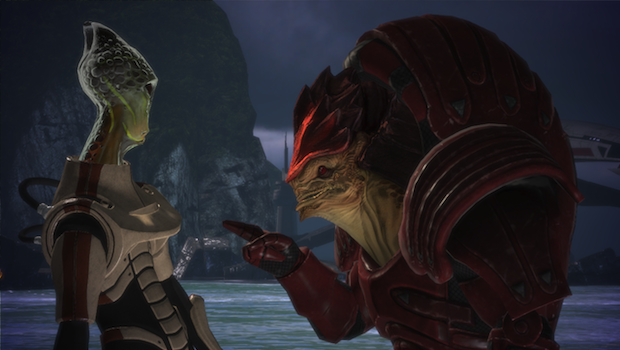
Mass Effect's Krograns are a sour, violent, and volatile race. And then, you would be too if your species was infected with a biological weapon that was slowly rendering your people extinct. Created by the Salarians and released by the Turians, the Genophage rewrote Krogan DNA to make it next to impossible for Krogan offspring to survive past birth. As a result, pregnant Krogan females became valuable commodities and the rare mini-Krogans who survived were bred for a life of scowling.
Treatment: Your call. In Mass Effect 3, players have the choice of distributing a Salarian cure through The Shroud on Tuchanka or sabotaging the cure and dooming the entire Krogan race. So what'll it be, Shepard?
Infestation
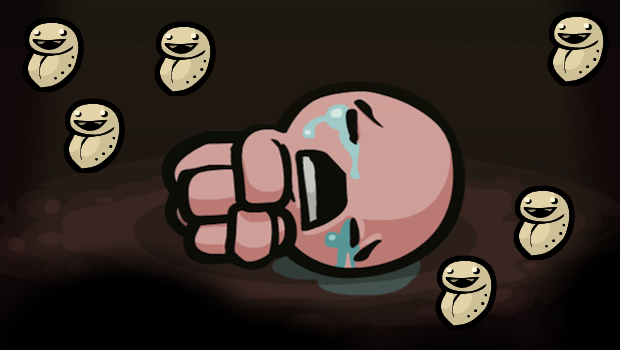
Alas, poor Isaac. As if surviving a basement of horrors wasn't enough, the kid must also make do with a laundry list of macabre weapons and collectibles. The nastiest of these is Infestation, a maggot-like friend that takes up residence Isaac's chest and spawns flies with every hit. On paper, having a little buddy inside Isaac who belches attack flies sounds like an advantage. But remember, there's also the downside of living out the rest of your life with a fly-pooping maggot in your belly.
Treatment: Picking up a new trinket or weapon can sometimes cancels the previous ability, but for the most part the only way to get rid of Infestation is to let the game's permadeath take its toll and start the whole bloody journey over again. At least Infestation looks cute. Kind of.
Sign up to the GamesRadar+ Newsletter
Weekly digests, tales from the communities you love, and more
The Flood
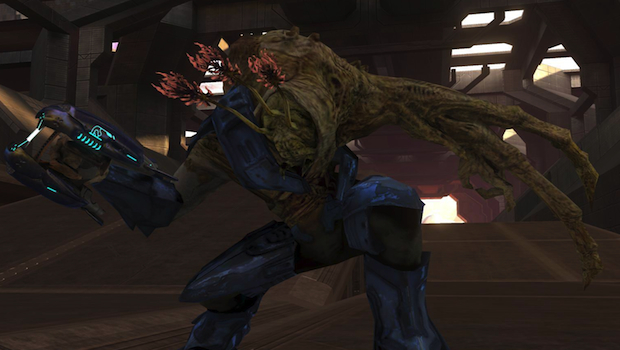
Treatment: To put things in perspective, the Forerunners were so desperate to eradicate the Flood that they sought to freeze-dry a tiny fraction of the galaxy's inhabitants and wipe out all others in an attempt to starve the the Flood out. Much to the surprise of no one, it didn't work. In short: There is no cure, and with the threat of another Flood invasion always looming (despite their alleged demise), the humans of Halo would do well to find some form of treatment immediately.
Las Plagas
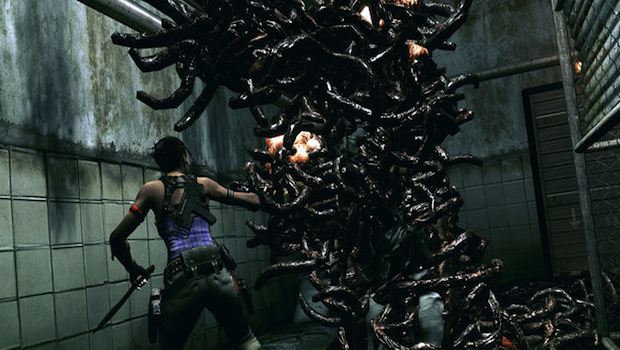
Though not as famous as Resident Evil's T-Virus (a.k.a. the rock star of viruses), effects of the Las Plagas parasite can make a T-Virus infection look like the sniffles. Discovered by the ancient Los Illuninados cult, Las Plagas was unearthed by Albert Wesker in his bid to return Umbrella Corporation to its former glory. It appears in the Resident Evil universe as a sentient parasite called Plaga that clings to a host's nervous system and warps them from within. Various forms (Blade Plagas, Tentacle Plagas, Crab Plagas, etc) can trigger obscene mutations, turning victims into nightmarish horrors. Horrors with awesome powers, mind you, but horrors all the same.
Treatment: Special medication can slow a Plaga's growth and painful radiation therapy has been shown to work on rare occasions. In both instances, the odds of making it to old age with a Plaga wrapped around your spinal chord are slim. Bright lights are known to hurt Plaga, so secluding yourself on a sunny island might be the best bet for everyone concerned.
Cordyseps
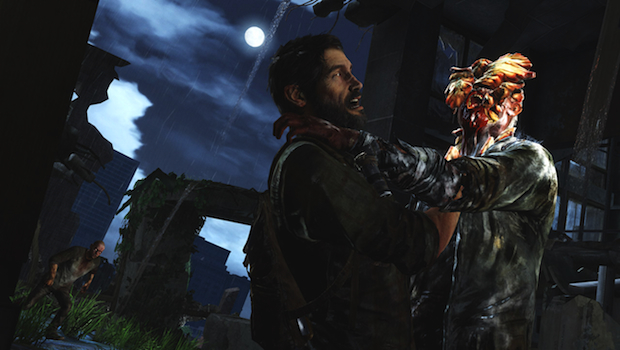
Cordeyseps sounds like the name for an adorable kids show, but they are the furthest thing from cute. In reality, they are a family of fungi known for zombifying insects andin some instancestwisting them into mutated slaves. In the Last of Us, a member of the cordeyseps clan called ophiocordyceps unilateralis is the prime suspect for a fungal invasion that has crippled humanity and left its cities to the mercy of mother nature.
Treatment: None. Cordeyceps have yet to pose any real threat to humans in real life (thankfully). However, in The Last of Us, we assume finding a cure for Acute Fungal Zombification is a top priority.
Dysentery

In reality, Dysentery is an intestinal affliction that causes fever, sever discomfort, and the inability to keep food inside your body for more than thirty seconds. In iconic edutainment title Oregon Trail, however, it's a hilarious malady that befalls players during their travels from one outpost to another for no other reason than to teach children about the hellish conditions their ancestors endured to build the new world.
Treatment: A solid regimen of liquids, rest, and drugs (the prescription kind) will do the trick in real life. In Oregon Trail, we're not sure there's really a cure beyond immediately turning off the monitor and hoping your teacher didn't see you rebooting.
Blacklight Virus
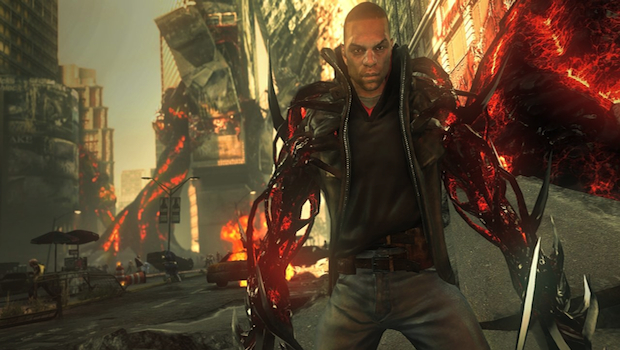
Designed by Gentek, a biological and genetic research outfit in the Prototype series, the Blacklight Virus (a.k.a. the Mercer Virus) works by kickstarting a target's junk DNA and creating a monstrous new life form on the cellular level. It's an enhanced form of the Redlight Virus (a.k.a. DX-1118A), which was first brewed as a biological weapon for the Blackwatch Special Forces. Both viruses operate on a complex, microscopic scale that hurts our brains to explain. Put simply: Getting injected with either virus will transform you into a murderous, tentacled monster capable of bringing an entire city block to its knees without breaking a sweat.
Treatment: None. But then, turning into a murderous, tentacled monster has its perks.
ADAM Poisoning
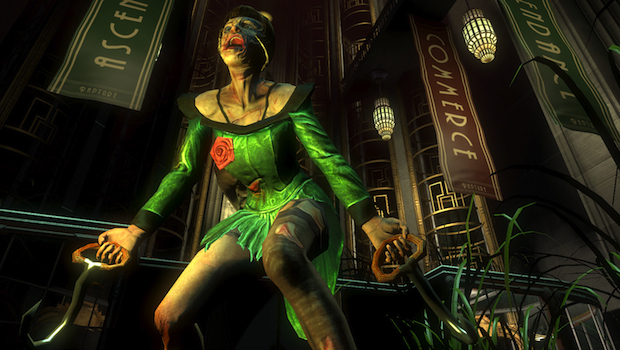
Who would've thought drinking magic juice from mutant slugs could have any negative side effects? It certainly didn't occur to the citizens of Rapture, who downed ADAM and plasmids like they were going out of style. What started as a trendy foray into drinkable superpowers devolved into a citywide addiction, turning the more ADAM-riddled citizens into lunatics called splicers. By the time Jack stepped out of his bathysphere in the first BioShock, ADAM poisoning had all but sunk Andrew Ryan's paradise.
Treatment: A crowbar to the face works wonders for those already affected. As for ADAM drinkers in the throws of poisoning, we recommend a stay at one of Rapture's fine rehabilitation centers. Just ask for Dr. Sofia Lamb (we hear she works wonders).
Petrification
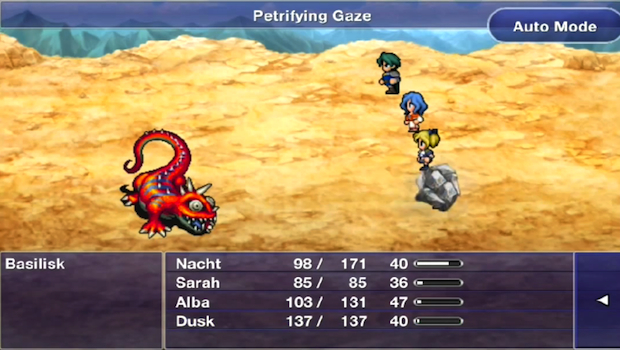
Petrification (a.k.a. Stone) tops the list of terrifying diseases in Final Fantasy. Granted, it's one of many status ailments that can threaten adventurers, but there's something particularly gruesome about having your innards turn to stone while your allies watch in silent apathy. Left unchecked, petrification can lead to Terminal Full Body Shattering from a single punch. Scarier still is the fact many beasts in the FF universe possess the ability to cast this nasty status effect. Kind of makes that desk job in Ivalice look a whole lot better, no?
Treatment: Thankfully, in addition to being one of the most horrific ways to die, petrification is also very easy to cure. A quick prick with a gold needle, rub of a white stone, or an Esuna spell should do the trick. If you're out of all those, finding someone with a spare Phoenix Down works in a pinch (post-shattering).
Rat Plague
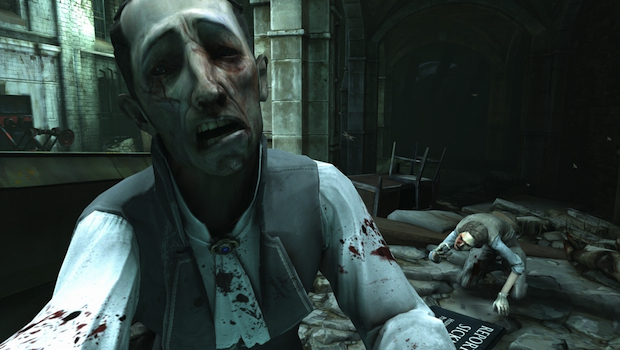
[Spoilers ahoy!] Blamed on infected rats from the Pandyssian Continent, Dunwall's rat plague was an orchestrated plot by (former) Royal Spymaster Hiram Burrows to purge the island of poor people for the benefit of its elite. On top of causing severe internal damage, the rat plague causes its victims' eyes to leak blood, thus leading to their nickname as weepers. How quaint.
Treatment: Rich Dunwallians (Dunwallites?) have two plague blockers in the form of Piero's Spirtual Remedy and Sokolov's Elixir> The poor? Well, they have all the free rats they can eat. At the end of Dishonored, both Piero and Sokolov came together to work on one final cure, so we'll have to wait for a sequel to see how successful they were.
FOXDIE
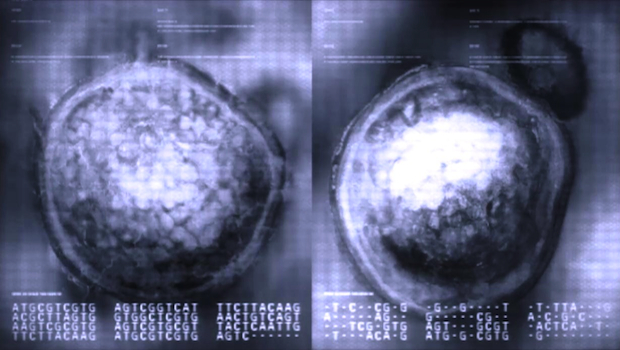
Cooked up by the Pentagon, FOXDIE is a retrovirus designed to cause heart attacks by zeroing in on specific targets, locking on to their DNA, and using nanomachines to do a number on their heart. A version of FOXDIE was injected into Solid Snake prior to his mission on Shadow Moses Island. Thanks to Snake's unique genetic make-up, it did''t send him into early retirement as planned (not yet, anyways). Since then, multiple strains of FOXDIE have appeared in numerous Metal Gear games, and almost all of them have threatened to wipe humanity off the map at some point.
Treatment: Being Snake. At risk of going over decades of Metal Gear lore, FOXDIE has both threatened and saved Snake from death, and there always seems to be a different version waiting in the wings to drive the plot forward. There isn't any known cure other than the act of rewriting FOXDIE's code and hoping it doesn't go viral in the meantime. Best bet? Live. Just live.
Humans
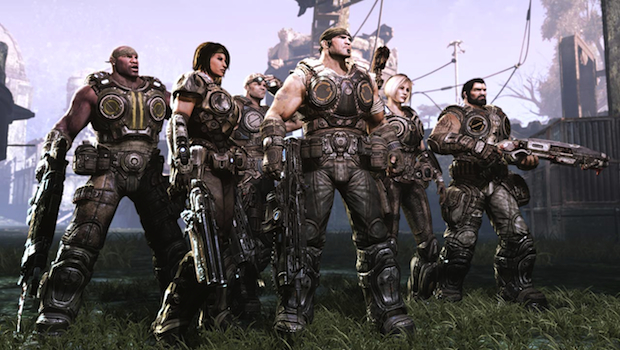
A savage race from the planet Earth, humans are a plague on the universe. Whether they're eradicating entire races for the sake of "good" (Mass Effect), populating worlds that don't even belong to them (Gears of War), or releasing one ancient evil after another (every RPG ever), there's no end to humanity's insatiable greed and lust for destruction. Countless brave alien races have rallied to stop humans from spreading, but few have come close to finishing the job.
Treatment: See previous slides.
Going viral
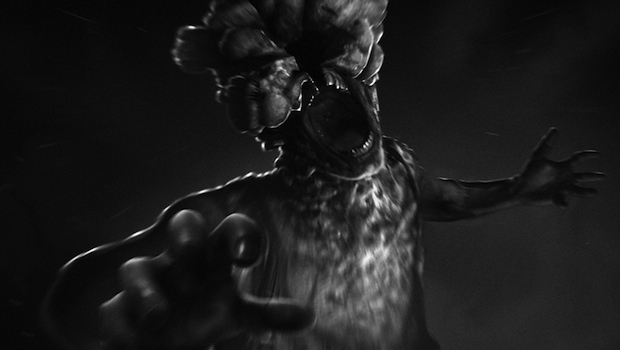
Keep The Last of Us conversation flowing with a visit to our preview, How we killed all of the enemies we killed in The Last of Us, and The Last of Us dev diary focuses on world building.
Matt Bradford wrote news and features here at GamesRadar+ until 2016. Since then he's gone on to work with the Guinness World Records, acting as writer and researcher for the annual Gamer's Edition series of books, and has worked as an editor, technical writer, and voice actor. Matt is now a freelance journalist and editor, generating copy across a multitude of industries.


